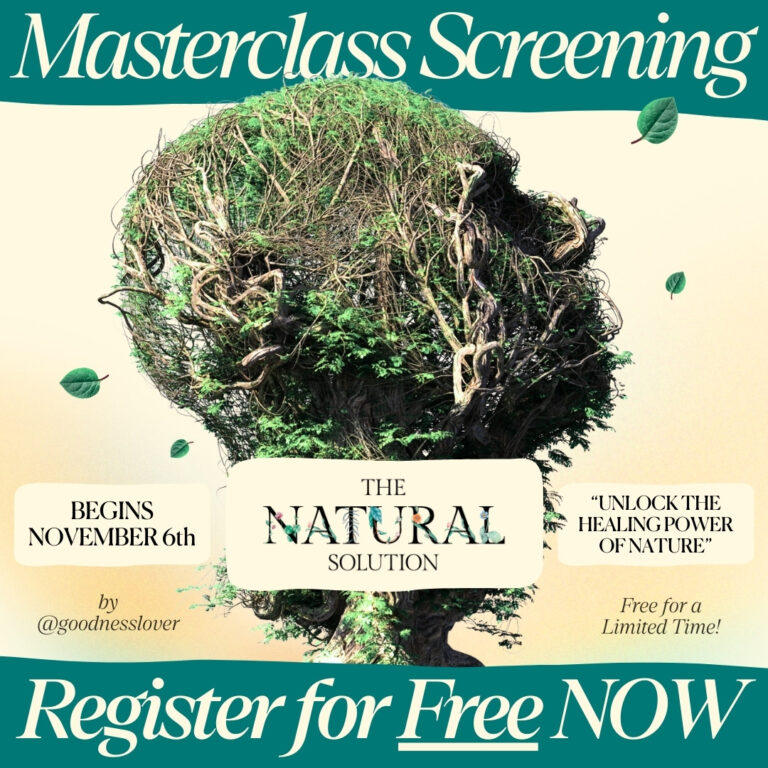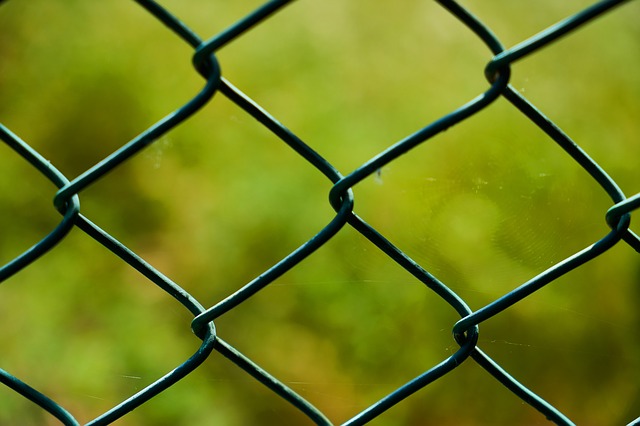These days, a cough, a stuffy nose, or an itchy throat can send you into a tailspin. Is it a cold? The flu? COVID? Not only do you feel bad physically, but you may be coping with the stress of just trying to figure out what’s got you down. Thank goodness there’s yoga.
Your symptoms may have you thinking you shouldn’t practice yoga. But yoga can actually have healing benefits that’ll help you feel better faster—including helping you calm down and get some rest, which are key to recovery. A study from the University of Wisconsin-Madison, found that mindfulness meditation and moderate exercise reduced respiratory illnesses. The benefits weren’t just physical. Participants experienced “psychological benefits including stress and depression reduction, improvements in general health and mindful attention,” according to the report.
Try this home practice the next time you’re under the weather
This sequence includes supported, restorative postures that require very little energy. Once you set yourself up with the appropriate props, you can just relax and let the pose do the work. These postures will help open and stretch your intercostal muscles, which support the lungs, making breathing easier. The gentle inversions will help to get your blood and lymph fluids moving to naturally assist your own body in healing.
Supported Bridge Pose
Come onto your back and have your block by your side. Bend your knees, bringing your feet close to your hips, and place your feet hip-distance apart with your toes pointing forward. Press your feet into the mat and lift your hips off the ground. Place the block under your tailbone and adjust it length-wise or width-wise beneath you to support your hips. Try different heights to see what suits you best.
If you have a flexible spine, the highest height may work for you. But if you are feeling stiff or weak, stay with one of the lower levels. Once you have the block placed firmly under you, lift your chest up slightly and walk your shoulders under you. This placement helps ensure so you are not resting on your neck but rather propped up on your shoulders. You can interlace your hands or rest your arms by your sides.
Keep your gaze on the ceiling and resist the urge to move your head. Take at least 10 deep breaths here and when you’re ready to come out, push down with both feet evenly and lift your hips off the block. Gently slide the block out from underneath you and lower your hips to the floor. Let your knees fall in toward each other, place your hands on your belly, and take a few deep breaths here before moving on.
Supported Shoulderstand
Repeat the instructions from the first part of supported Bridge Pose. Once you’ve gotten yourself securely supported on the block, walk up onto your shoulders, laterally rotating your shoulders underneath you without pulling your shoulders down away from your ears. Place your left foot centered on the mat (toward your midline) and lift your right leg straight up into the air so it’s perpendicular to the floor. If you have tight hamstrings, it’s OK to have a slight bend in your top leg. Make sure you feel completely balanced on the block beneath you and then slowly lift your left leg up to meet the right. Feel your chest lifted and puffed up and make sure you’re not resting the weight of the pose on your neck. Take a minimum of 5 to 10 deep, slow breaths here. Then carefully lower one leg at a time back down to Supported Bridge Pose. Take the block out from under you and rest on your back for a minute here.
Reclining Spinal Twist
Staying on your back, draw your knees into your chest and rock a little side to side. Then let both knees fall to the left side, and do your best to stack your knees. Place your left hand on your right knee and reach your right arm out at shoulder height, with your right palm facing the ceiling. Keep your neck neutral and either gaze at the ceiling or close your eyes. This twist will help stretch your intercostal muscles, which run between and around the lunges. Work on breathing more deeply while you’re here. After a few breaths, carefully lift your knees up and switch to the second side.
Supported Reclining Butterfly Pose
Gather blocks, a bolster, or a few pillows for this supported posture. The goal is to set up props so that your chest stays lifted and open. You want to eliminate any strain in your neck, shoulders, or upper back. Place a stack of pillows (or a bolster) behind you on your mat; the pillows should run along the length of your spine. If you’re using a bolster, support the top side with a block so your head is higher than your hips. If you’re using pillows, set them up to create any angle so that your head will be higher than your hips.
Back your hips right up to the bottom edge of the pillow or bolster and lie down onto your back with your head at the highest point. Bend your knees, draw your heels close to your hips, and gently open your knees out to the sides of your mat. Support your knees with pillows, blocks or rolled blankets it your knees don’t drop all the way to the mat or if you feel too much pulling on your inner thighs. Allow your arms to rest off to the sides, palms to facing up.
Close your eyes and rest here for a few minutes. Feel your breath moving into your upper chest and heart area. Try to deepen and slow your breathing. Breathe through your mouth if your nose is stuffed up. To come out of the pose, slowly lift your knees in toward each other and roll over onto your right side, coming completely off your pillow or bolster set-up. Rest here for a few breaths before coming up to a seated position.
Downward-Facing Dog
Shift all your props off your mat and come onto your hands and knees. Walk your hands one full hand print forward and place them shoulder-distance apart. If you know you are tight in your shoulders, take your hands slightly wider then shoulder-distance and turn your hands out a bit toward the edges of your mat. Tuck your toes under and lift your hips up and back.
Take a moment here to peddle your legs, bending one knee as you stretch the opposite heel towards the floor. Go back and forth until your calves feel a bit more open. If you have tight hamstrings, make sure to keep a bend in both knees. As you start to feel more flexibility, you can start to straighten your legs and work on reaching your heels towards the floor. Don’t worry if your heels don’t touch or even come close to touching the floor. Gaze back toward your feet and make sure your feet are hip-width apart and that the inner edges of your feet are parallel to each other. Stay here for 5 to 10 breaths, then release back down to your hands and knees.
Supported Bound Angle with a Side Stretch
Come to a seated position on your mat. Draw the soles of your feet together and open your knees out so that your legs are in the shape of a diamond. Place a block on your feet and round your spine forward so your forehead rests on the block. Depending on your flexibility, you may adjust the height of your block. Rest here for a few breaths, then slowly lift your head up and shift your torso to the left and see if you can walk your hands out in that direction. Crawl your left fingertips out and take a few deep breaths into your left rib cage. Gently lift up and walk your hands to the right and repeat on the second side. Come back to center and sit up.
Legs-Up-The-Wall Pose
Line up the short side of your mat against a wall. Sit sideways on the right side of your mat with your left hip touching the wall. Now carefully come onto your back, swinging your legs up the wall. Wiggle yourself as close to the wall as you can. Place your hands on your belly or out to your sides in a goal-post position. If you’d like to have a bit more of an inversion here, bend your knees and place your feet flat on the wall, lift your hips up and slide a block under your sacrum. Make sure your chest feels lifted in the same way that it did in Supported Bridge and Supported Shoulderstand.
Bring your attention back to your breath and stay in the pose for a minimum of 10 breaths. If it’s comfortable, you can stay for as long as 5 minutes. To come out, bend your knees, lift your hips up, and remove the block. Roll onto your right side and rest here for a few breaths.
This article has been updated. Originally published March 14, 2019.
About our contributor
Claire Mark has been practicing yoga and meditation since 1996 and teaching since 1999. She considers herself a yoga “mutt”; her teaching is influenced by Jivamukti, Ashtanga, Anusara, Vinyasa, Iyengar and many other styles and teachers. Claire is the co-founder of Chill Chicago, a meditation studio in Chicago’s River North.
This content was originally published here.




















